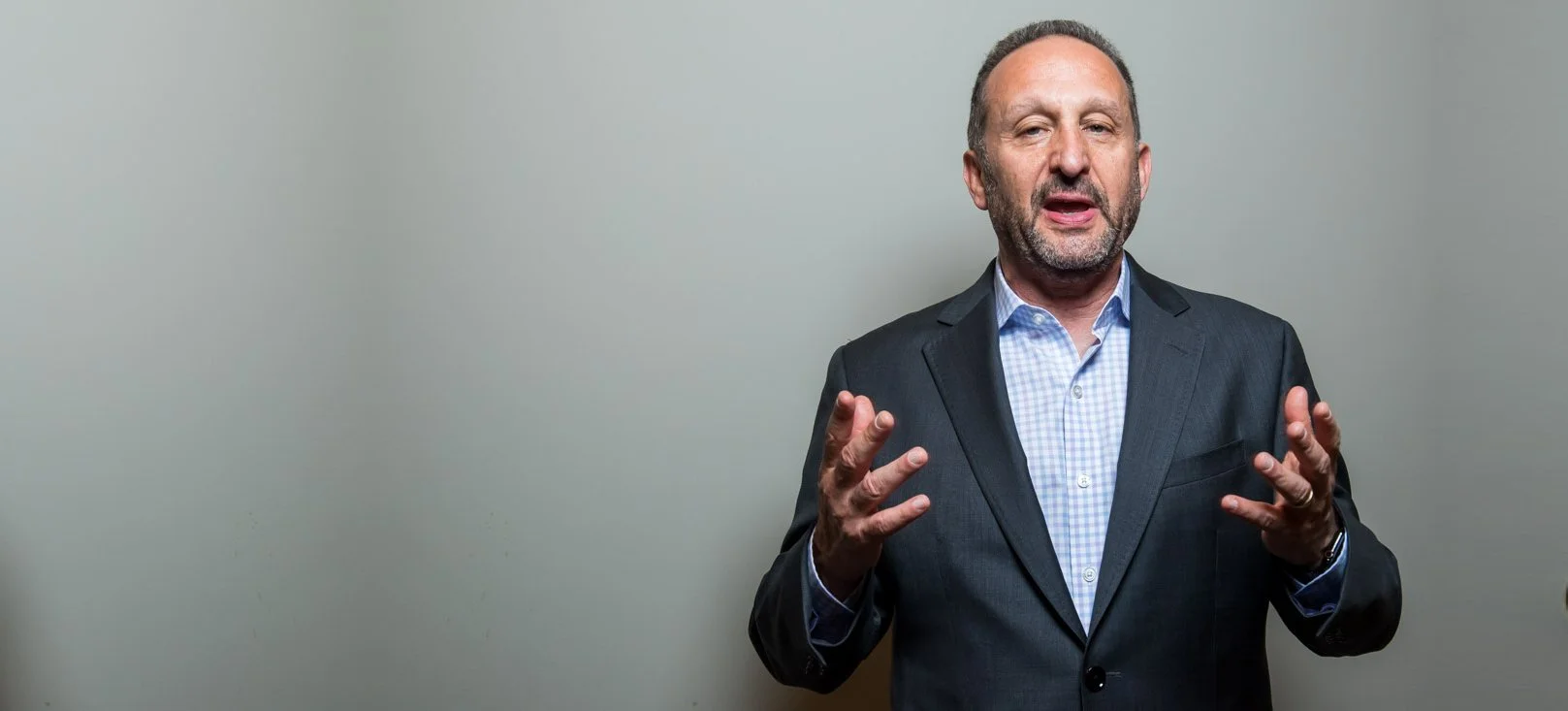Raising the Bar on New Hires
How powerful would your organization be if every time you hired someone new, you raised the average? You raise the bar on talent. Too often when companies scale, especially when they're doing well and they're scaling fast, they rush to hire to fill open seats. When you rush to hire, you tend to make bad hiring decisions, lower the average, and stifle your growth. So I want to share with you five ways to make sure that with each hire, you are raising the bar on talent - you're raising the average.
Make sure you're searching for great people before you need them. Don't wait until you have an open position and say, "Oh my god, I've got to hire someone in the next three weeks." You're going to make a bad decision when you rush it. Be more proactive in planning how your organization needs to change, how your organization needs to grow, what skills you might need, as you scale and start searching for people before you actually have the need.
Put in place a more creative sourcing process to find people. We know we're in a war for talent. We're always in a war for talent. Just putting a job posting out there is not good enough. Just working with three different contingent recruiters is not good enough. How could you be creative in networking and talking to folks and finding out who they know that you ought to talk to because they're potential A players? Do you have a virtual bank of potential A players from your network that you are building relationships with, again, before you need them? So go beyond the job posting. Go beyond the recruiter.
Make sure you have a rigorous evaluation and selection process for any job candidates. I love to use the top grading methodology. Read either the book Topgrading or the book Who: The A Method for Hiring. Those are great methodologies that recommend multiple types of interviews with multiple people interviewing. Interviewing not just for skills, but interviewing for core values and actually having a reference check process that means something.
Make sure as a leadership team, and then cascading down through the organization, you put in place a regular talent assessment process. I would recommend quarterly. I've talked about this process on other videos, so I'm not going to go through the details here, but at least quarterly, you should know who your A, B, C, and what I call toxic C players are. In order to raise the bar on the average, you need to know what the average is. You need to know where you are.
You need a metric for measuring whether you are raising the bar. I like the talent density metric. While there are a number of ways to calculate that, one of them I like to use is: what's the percentage of A players in your organization minus your percent of C and/or toxic C players? That score could wind up either a positive 100% if you're 100% A players, or a negative 100% if you're 100% C players. However you measure it, make sure you have a measure so that you could benchmark yourself over time and keep raising that bar, keep scaling your organization in a healthy way.

